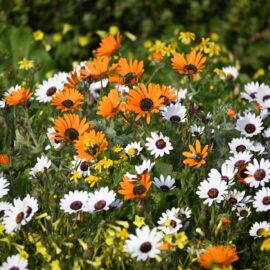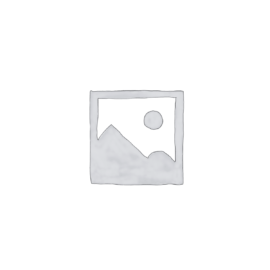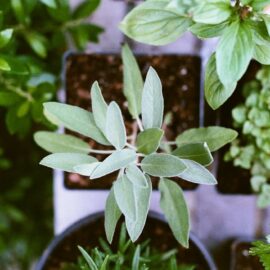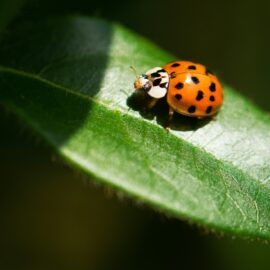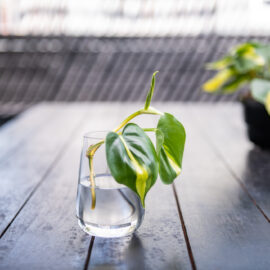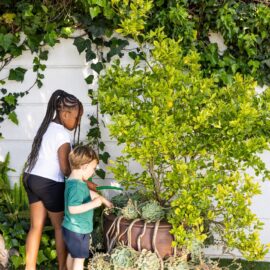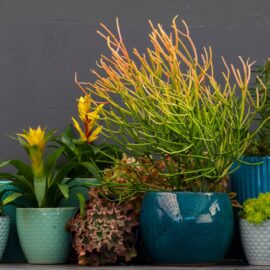Tips for gardening at the coast
Tips for Gardening at the Coast
For many people, December means it’s time to head for the beach house.
Here are some great tips to help you create a hassle-free garden close to the seaside.
- The secret to successful coastal gardening is to work with the environment, not against it. Make your garden easy to maintain by planting species that grow naturally in the area and that are well adjusted to salty air and harsh winds.
- Try planting indigenous species like osteospermums, arctotis, gazanias, agapanthus, tecomas and vygies. (more…)
